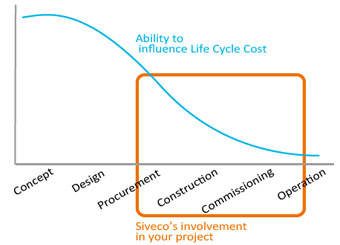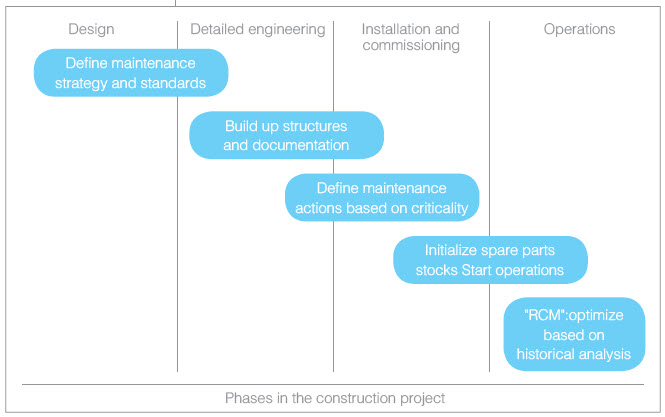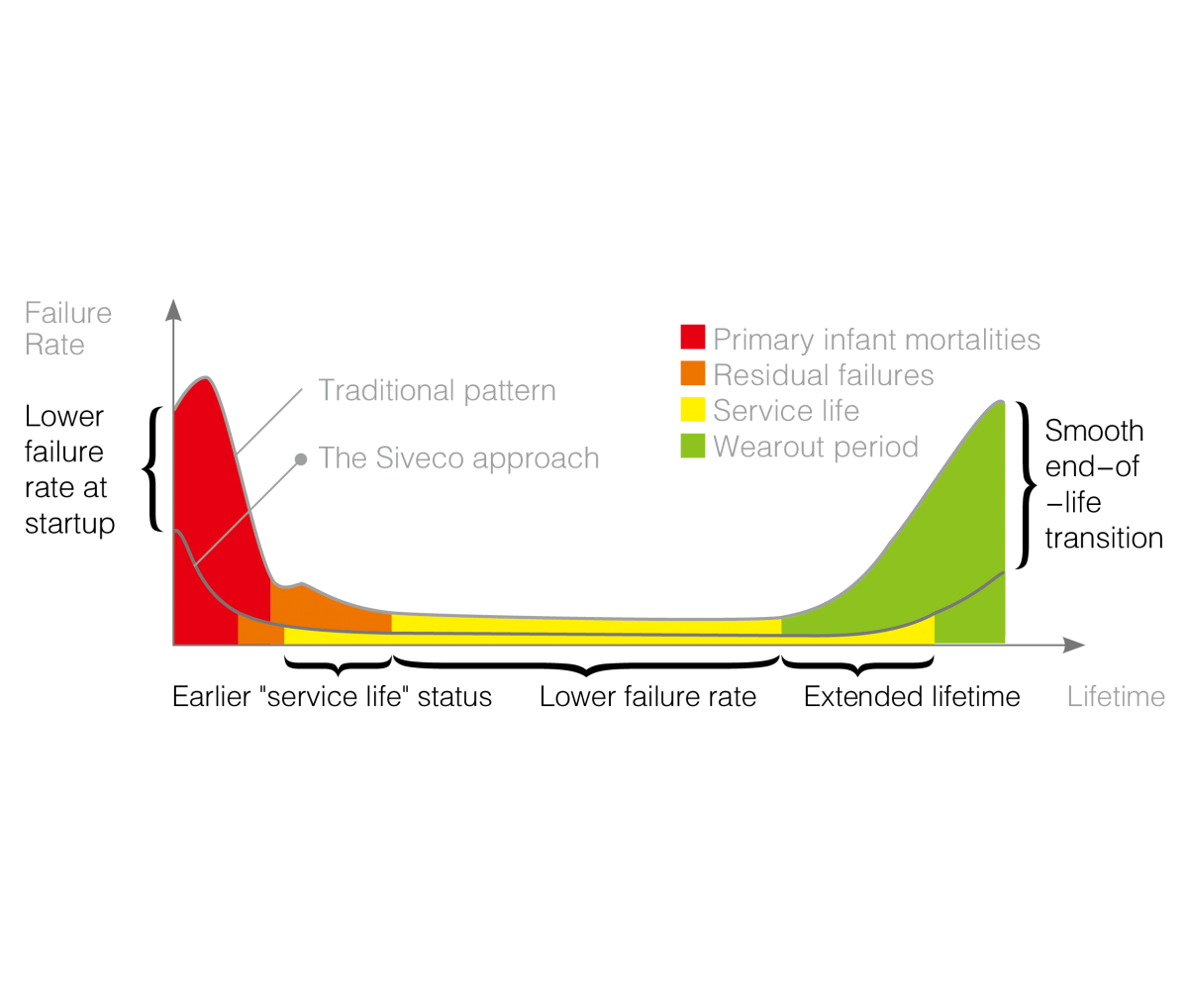Greenfield projects
Greenfield projects
The earlier the better
Experience has shown that the earlier reliability and maintainability are taken into account in a construction project, the better. These should be specifically addressed from the design stage of a project, as illustrated below.

This approach, which consists in paying more attention to maintenance earlier in the project, to reduce future operation cost, differs markedly from that of Chinese engineering and construction companies, which emphasize cost control during construction with progressive adjustments of the design as the project moves ahead. Local EPC companies still lack an overall lifecycle perspective, hence the difficulty to obtain as-built drawings or preventive maintenance recommendation from them.
While the resulting speed and cost advantage has proven critical to support the country's fast development, this approach has also led to problems – most notably in terms of safety (too many deadly accidents made headlines in the past few years) and maintenance (early replacement of major equipment, spiraling cost and reliability problems after a few years of operation). Partly as a result of this lack of preparation, maintenance is often purely reactive (firefighting) in the operation phase.
As a direct consequence of this lack of early concern for maintenance during construction, we observe that the quickest reliability improvements obtained during Siveco projects in China are those related to design or installation problems, which should have been identified during commissioning, but instead go undetected for years. Quick fixes are applied, problems go unreported and no analysis is ever carried out. By conducting systematic root cause analysis, we are able to identify the problems and trace them back to construction issues.
Based on a long experience of greenfield infrastructure projects all over the world and lessons learnt in China in the past 15 years, Siveco has developed a specific expertise working alongside EPC companies and their equipment suppliers during the construction phase, ensuring smooth transfer of technical documentation from construction to operation, supporting plant commissioning and start-up with an accurate technical database and enforcing good maintenance practice from day one.
In China more than anywhere else, the CMMS turns out to be the ideal tool to bring structure to what would otherwise be perceived as a very abstract concept ( "Prepare for maintenance? But the equipment has not yet been delivered!" ). A concrete (deliverable) system, the CMMS allows us to clearly define steps in the maintenance preparation project. The "high-tech factor" introduced by the CMMS is of course a key motivator for engineers involved in the project.
The figure below summarizes the Siveco approach for maintenance preparation during a construction project based on the utilization of the CMMS:





